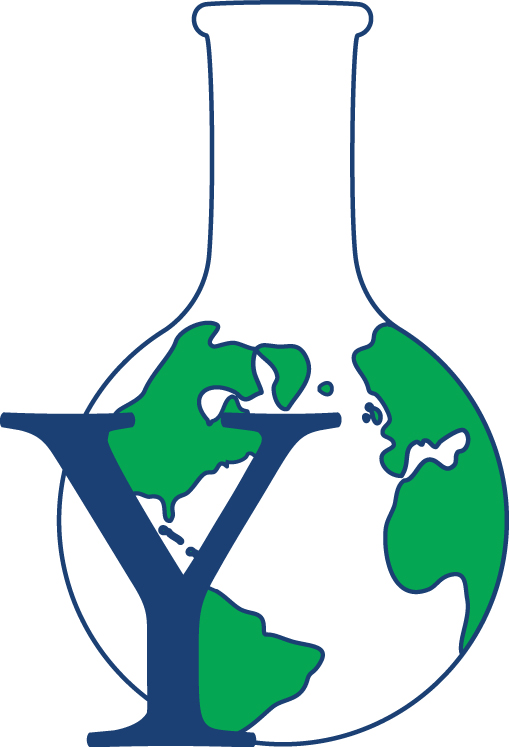Overview
Chemicals can provide convenience and comfort to modern society. They are generally designed with certain desired functionalities in mind. However, little is understood about the fundamental principles of chemical toxicity that govern the inherent hazards of chemicals. This leaves the concern that commercial chemicals may possess unintended biological activities and provoke adverse consequences to ecological communities including human beings. The current method for chemical safety assessment is via animal testing, which shoulders high economic and ethical burdens. As such, developing in-silico models to predict the toxicity potential of chemicals and derive principles to guide safer chemical design is very important.
Study
This research employs an integrated approach to address this question. The method is primarily composed of three components: quantum chemistry, statistical learning and mechanistic toxicology. Density functional theory based quantum mechanical calculations provide electronic parameters of molecular systems with relatively high accuracy. These parameters are linked to the likelihood of invoking undesired biological responses registered by high throughput screening assays through information mining and mechanistic knowledge consultation. The resulting predictive model will be used to drive safer chemical design principles.
Impact
The results of this project can deliver benefits to both academic and industrial sectors. For academic institutions, these design principles and predictive models can be used for educational materials. For industrial research labs, the predictive models can be used to guide safer chemical design.
Publications:
A Free Energy Approach to the Prediction of Olefin and Epoxide Mutagenicity and Carcinogenicity
